Your July Garden: Top Tips & Advice
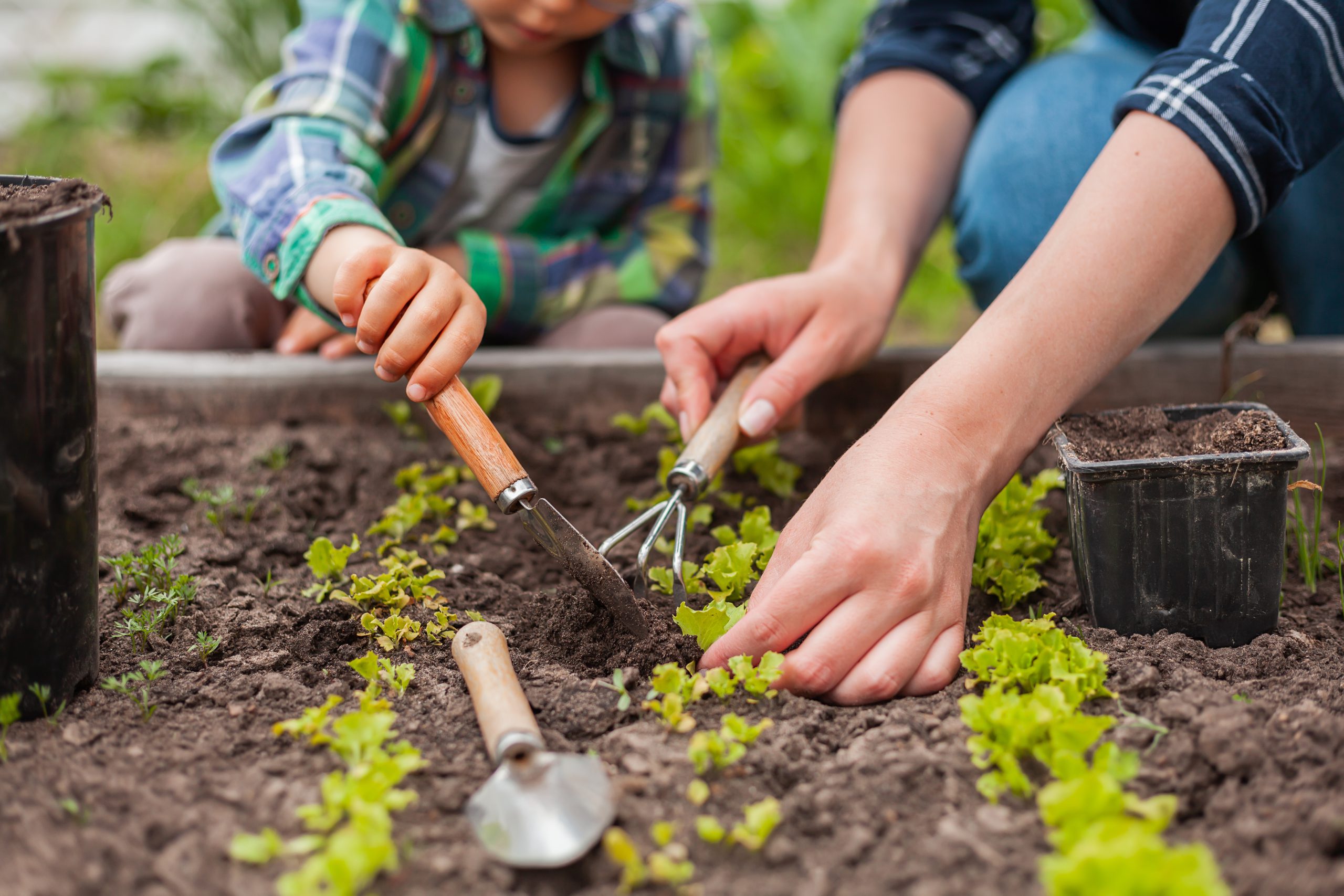
We’re officially halfway through the year! The sun is shining and the BBQs are out. Lets get the garden ready for some summer fun…
July Gardening Jobs
- Deadhead bedding plants and repeat-flowering perennials to ensure continuous flowering
- Ensure care for houseplants while on holiday
- Water tubs and new plant is dry, but be water-wise
- Check clematis for signs of clematis wilt
- Pick courgettes before they become marrows
- Treat apple scab
- Clear algae, blanket weeds and debris from ponds, and keep them topped up
- Order catalogues for next year’s spring-flowering bulbs
- Give the lawn a quick-acting summer feed, especially if not given a spring feed
- Harvest apricots, peaches and nectarines
Flowers
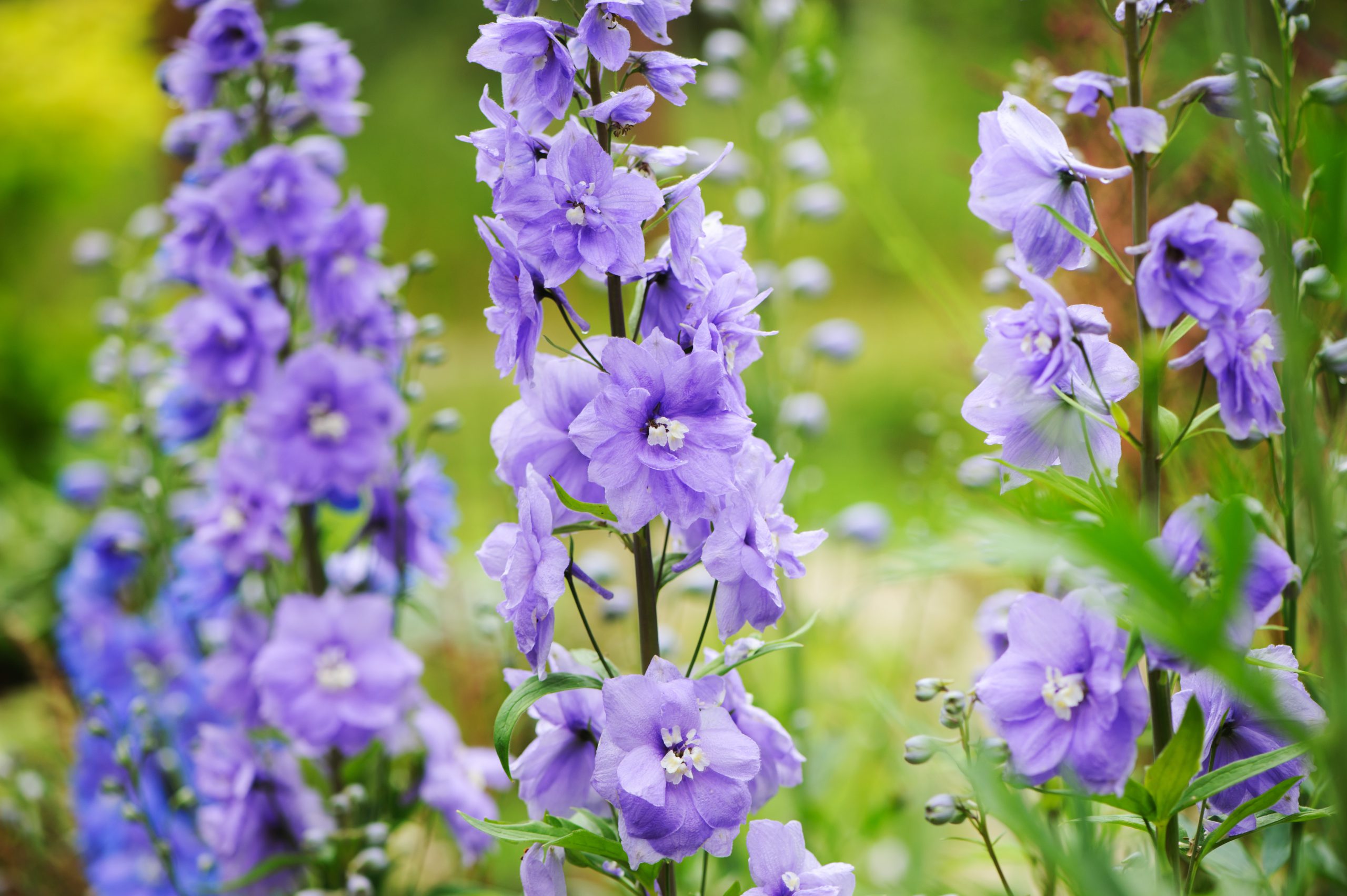
Deadhead flowers to prolong perennial plants and summer bedding for as long as possible. Doing so will encourage flowers to keep blooming and prevent them going into seed.
Keep hanging baskets, pots and containers watered and fed as the summer weather will quickly decrease nutrients in the soil.
Wisteria can now be pruned for summer by cutting side-shoots down to 4-5 leaves from the main stem.
Vegetables
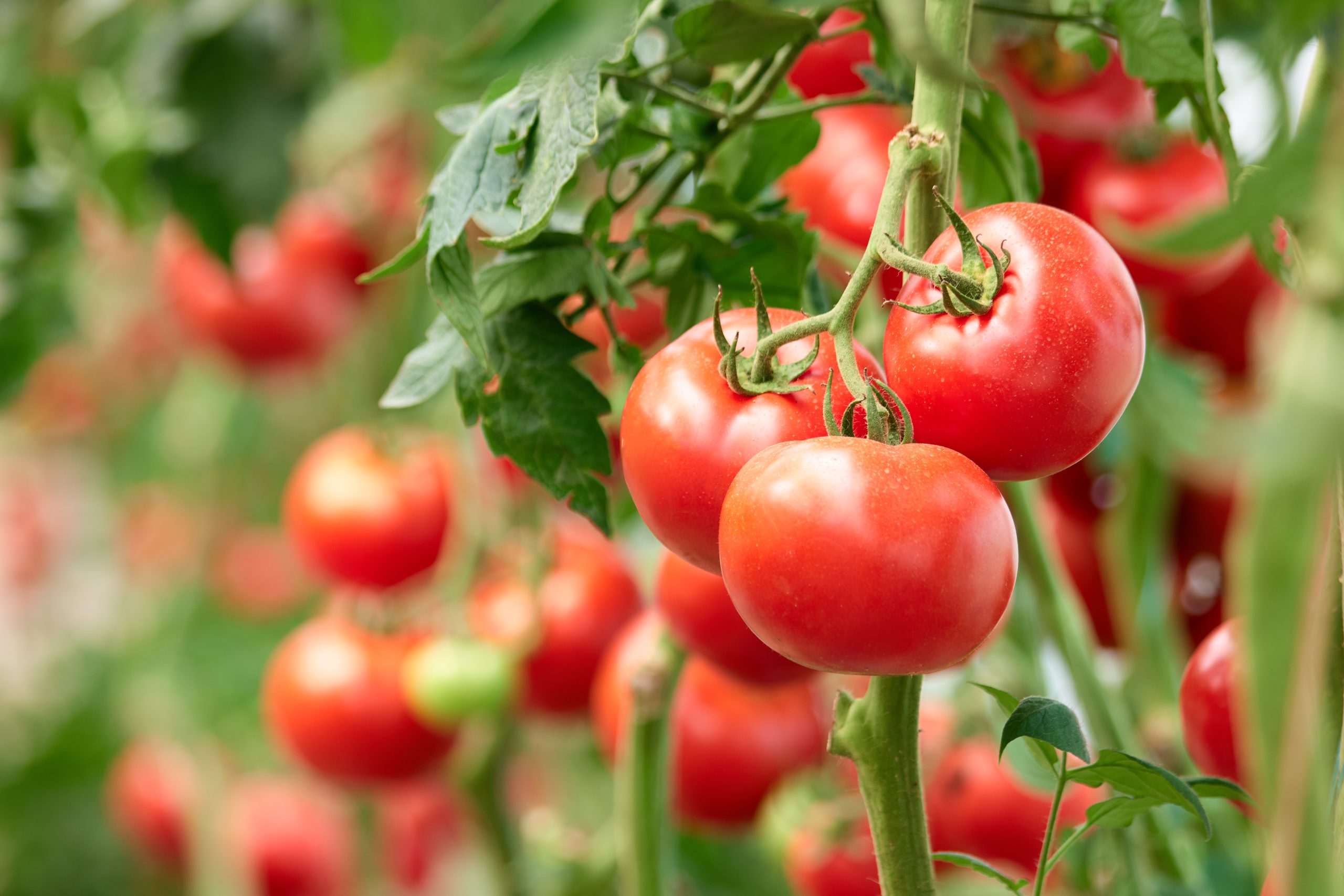
Tomatoes – Trim tomato shoots each week (once the plant has reached around 5 trusses) and cut off those beneath the lowest ripened fruit to stop competition. Feed regularly and continue to pinch out side shoots. Removing leaves beneath the first truss of tomatoes will aid in air circulation and prevent the build-up pets and diseases.
Potatoes – Second Earlies should be ready for harvest (if you’re not sure, wait until they have flowered and check). If they’re ready, pull them up on a sunny day and place the freshly dug potatoes out on the surface to dry for a few hours. Once dry, store your new potatoes in a hessian sack and keep them somewhere cool, dry and dark.
Harvest – Peas, carrots, beetroot, tomatoes, potatoes, salads should all ripen and be picked at this time.
Greenhouse
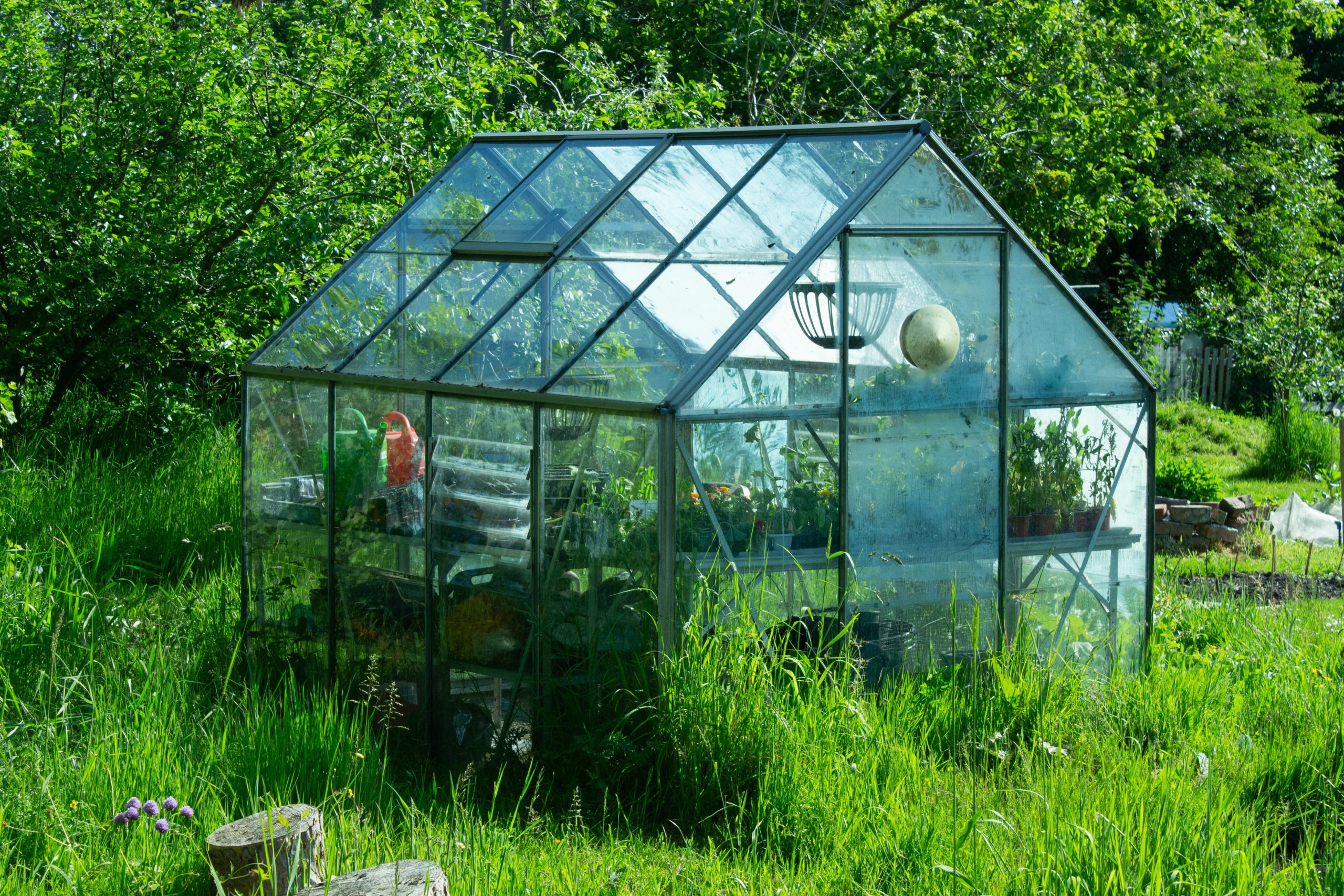
When temperatures at at their peak, prevent scorching by placing shading on the roof. Keep vents and doors open to keep a steady airflow.
Water either first thing in the morning or late evening to reduce evaporation and water loss.
Dampen down the greenhouse on particularly hot days to deter red mites and create humidity.
Keep fallen leaves and petals swept and tidied to decrease any chance of disease spread.
Fruit
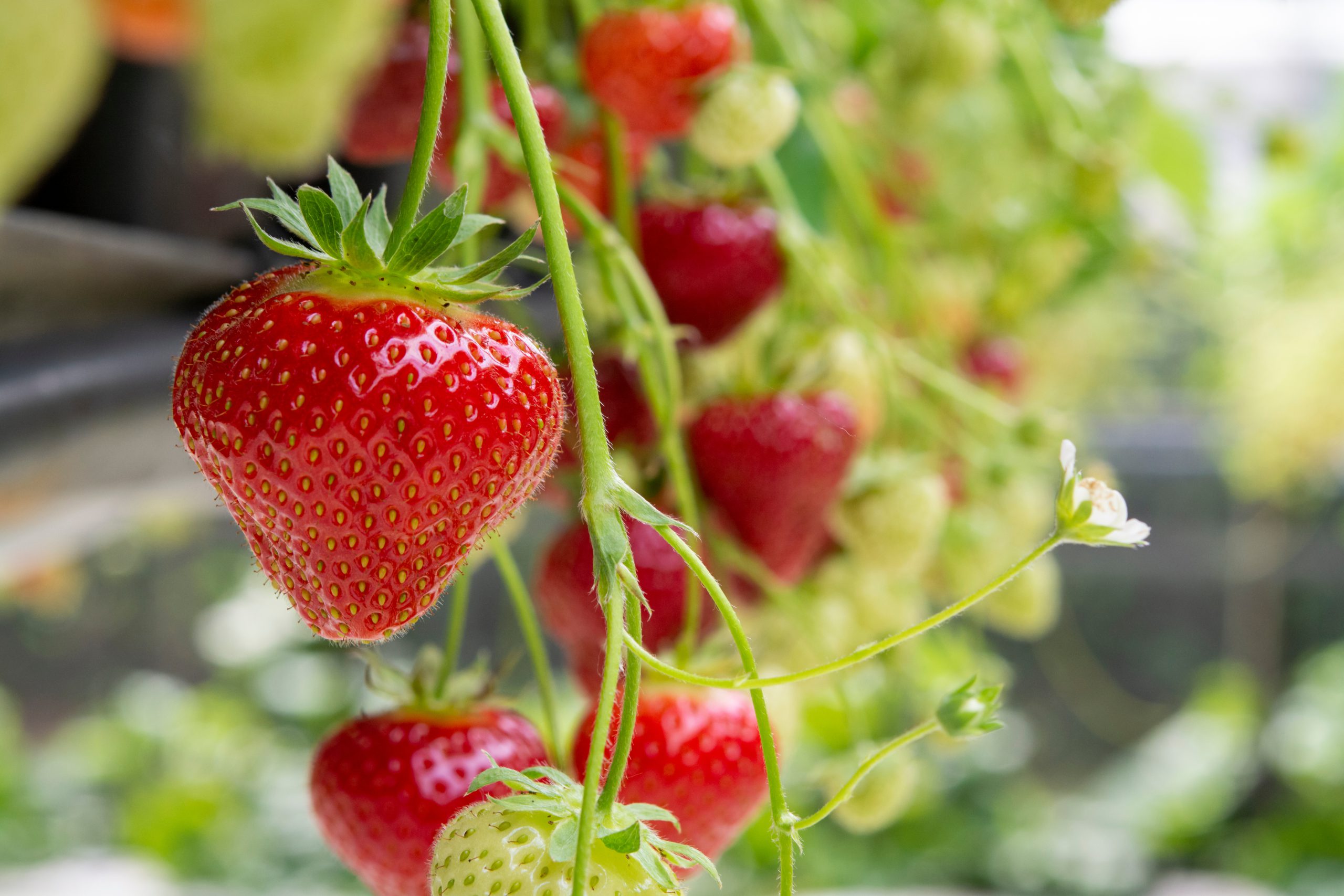
Pin Strawberry plant runners to the soil and allow them to root. When they’re established, cut the runner from the main plant. You can also maximise your crop by removing runners to divert energy to fruit already present.
Harvest apricots, peaches and nectarines.
Trained apple and pear trees can also be pruned for summer.
Lawn Care
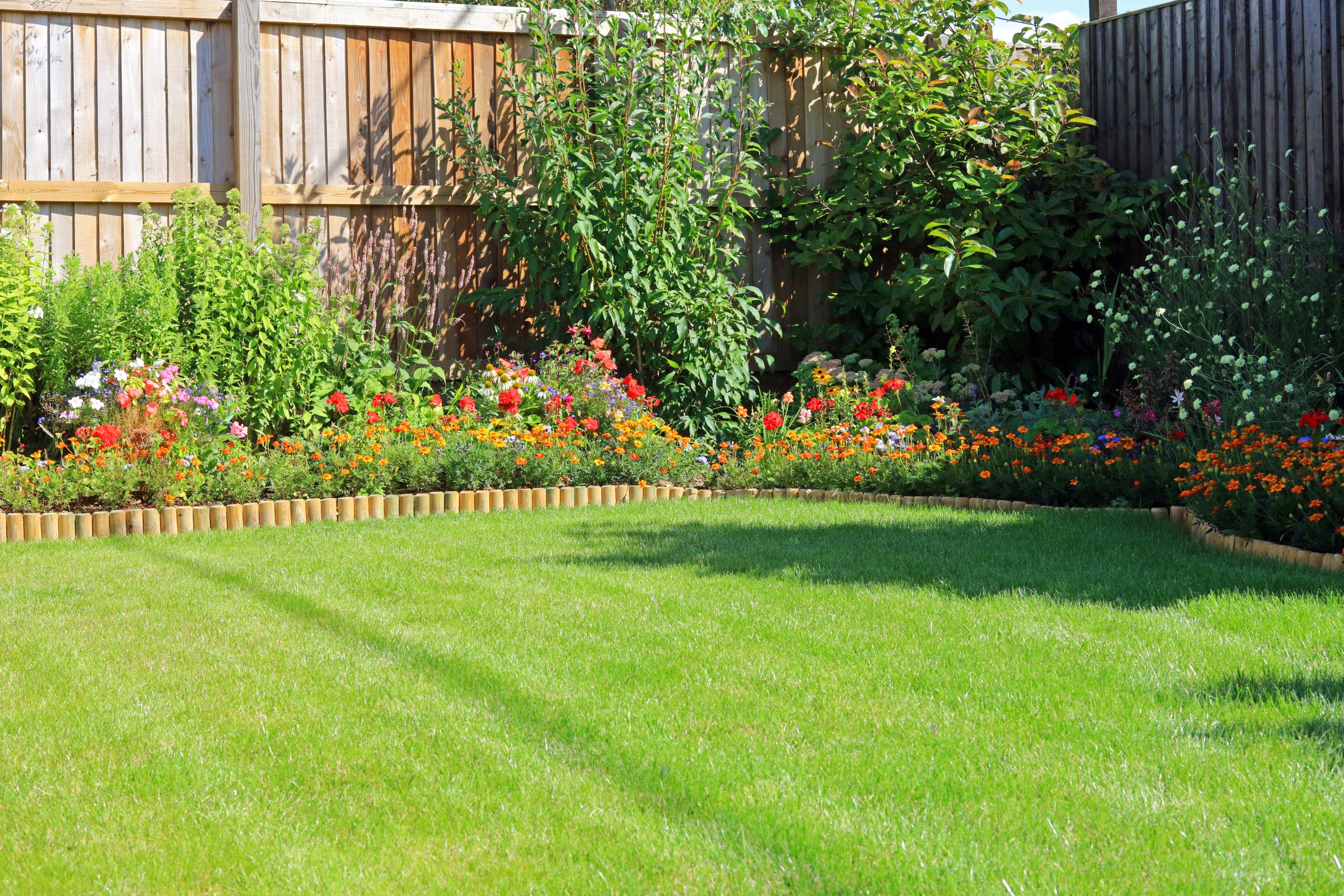
Mows lawn lightly and frequently. It is best to raise your mower blades whilst the weather is hot to prevent stress to the grass.
Remove any unwanted weeds with a weeding knife, trowel or grubbing tool but do keep in mind the wildflowers and flowering weeds benefit wildlife and add colour to your garden.
Water only if absolutely necessary. Grass can cope well with drought even if it dies, it will return and recover once rain falls. Watering is only needed if your lawn is new.
Pests & Diseases
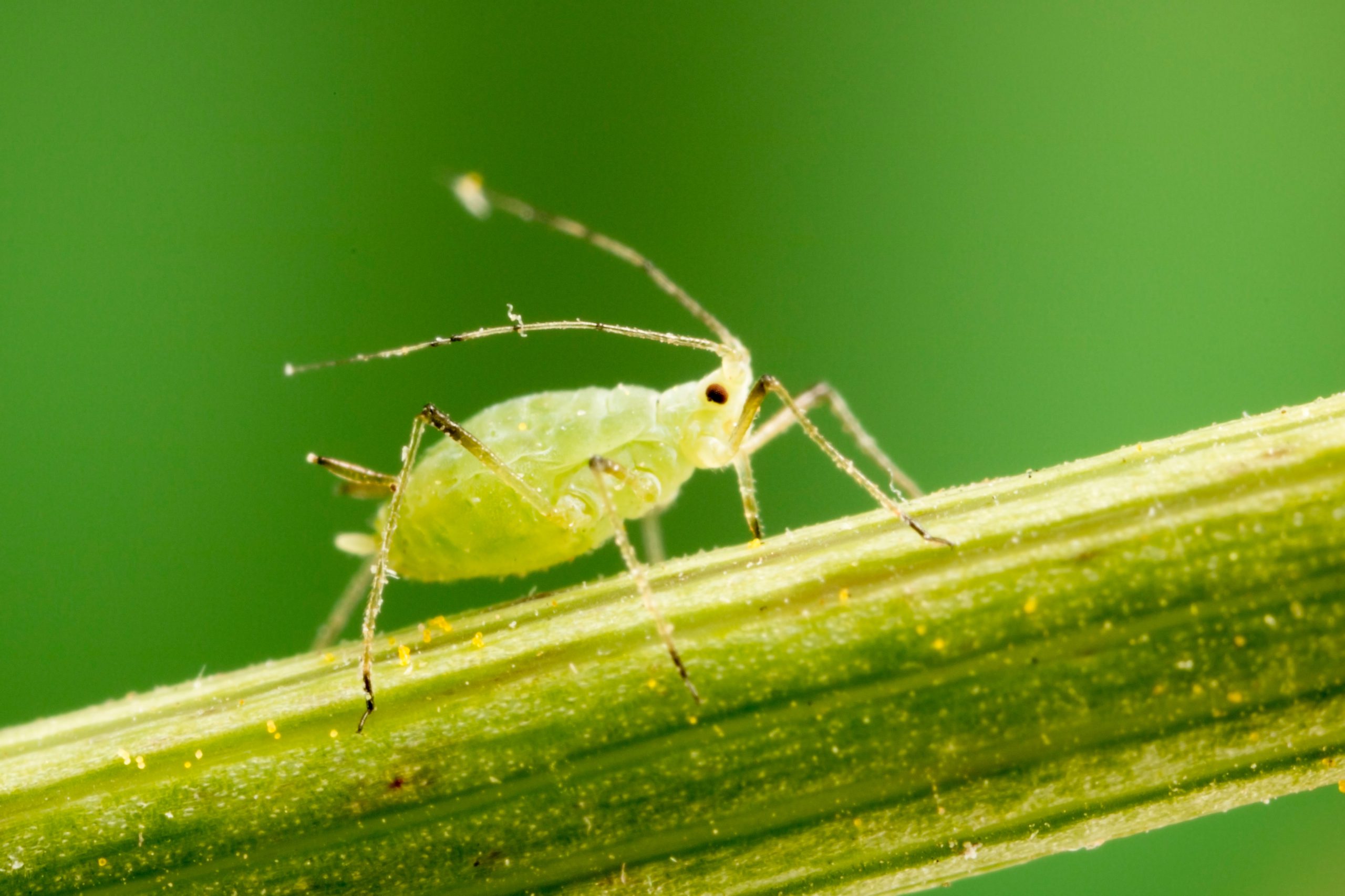
Check squashes, courgettes and pumpkins regularly for signs of powdery mildew. If any is present, remove the infected leaves and dispose of off-site to prevent disease spread.
Hose off any pests like aphids, greenfly, slugs and snails. A good way to deter these pest is spraying garlic water around your plants (garlic is a great pest deterrent).
Remove any yellowing or fallen leaves as these can harbour hidden pests and disease.
